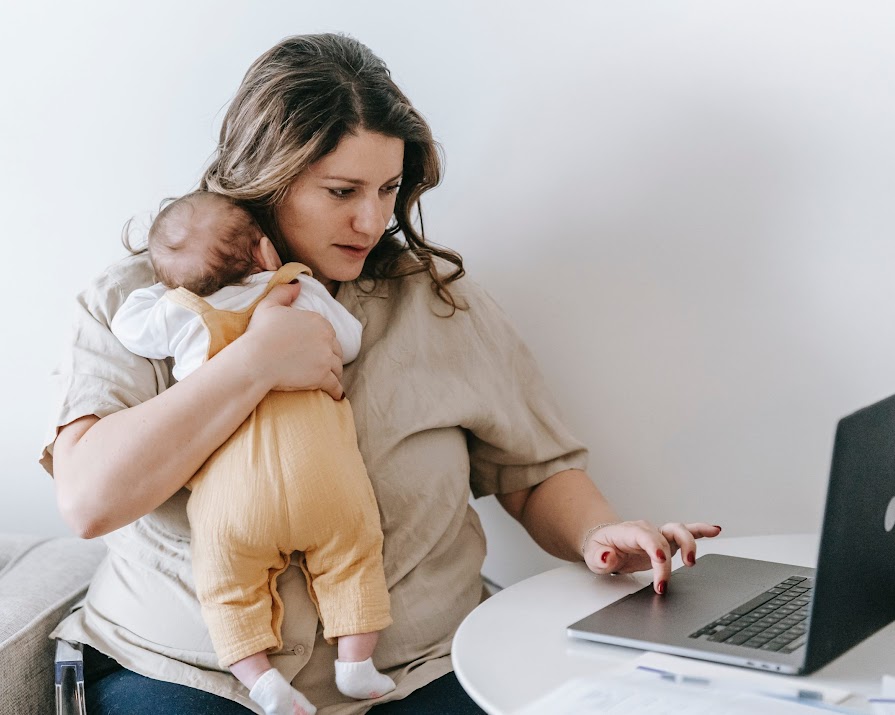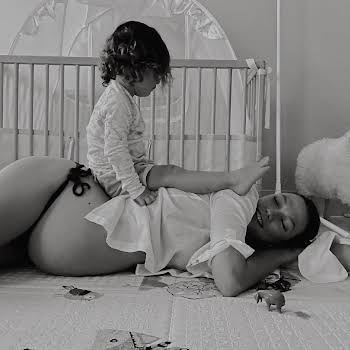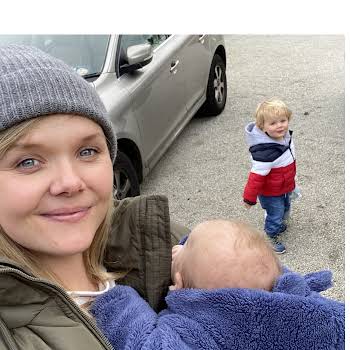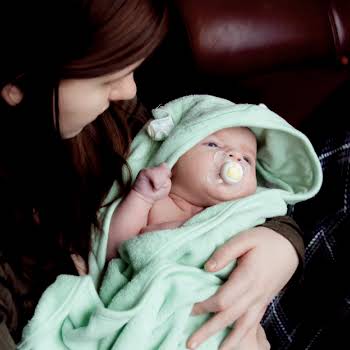Diastasis recti: The common postpartum body condition no one talks about
By Sarah Finnan
14th Feb 2024
14th Feb 2024
You may not be familiar with the condition, but diastasis recti is actually extremely common and affects 60% of people.
What is diastasis recti?
Diastasis Recti is the separation of the rectus abdominis – often during or after pregnancy. Commonly referred to as “six-pack abs”, the rectus abdominis can be found vertically along the front of a person’s stomach. It’s divided into left and right sides by a band of tissue called the linea alba that runs down the middle. As your uterus expands during pregnancy, the abdominals are stretched and the linea alba thins and pulls apart. This band of tissue gets wider as it’s pushed outward.
Once your baby is delivered, the linea alba heals and comes back together as it’s highly elastic and usually retracts back like a rubber band. However, if the tissue loses its elasticity from being overstretched, the gap in the abdominals will not close as much as it should. This is diastasis recti.
Why does it happen?
Pregnancy puts a huge amount of pressure on your abdomen area, pushing the muscles outward to make room for your growing baby. Diastasis recti usually happens around the third-trimester mark, however, most people don’t notice it has developed until postpartum. As already mentioned, it’s much more common than you might realise and affects about 60% of people. While it usually resolves itself within eight weeks of delivery, it can last longer and 40% of those affected report still having it by the six-month postpartum mark.
Advertisement
Diastasis recti isn’t just limited to pregnancy though and can occur in anyone from babies to grown men too. In some cases, it results from lifting heavy weights incorrectly or performing unsafe abdominal exercises. Newborns are also sometimes born with the condition – especially if they’re premature – as their abdominal muscles aren’t fully developed and connected yet. The condition usually corrects itself with time.
Symptoms
The most commonly noted symptom of diastasis recti is a pooch or bulge in the stomach area.
Other symptoms include lower back pain, poor posture, coning or doming when you contract your ab muscles, difficulty lifting objects, constipation, pain during sex, pelvic/hip pain, urine leaking when you cough/sneeze and bloating.
While you may feel pain associated with some of the side effects, the ab separation itself doesn’t hurt and is characterised by a weak feeling in your abdominal area. The Cleveland Clinic reports that some people also feel a “jelly-like texture” in the space between their left and right abdominals when contracting those muscles.
Diagnosis
While it is possible to test yourself for diastasis recti, it is important to also meet with a doctor/healthcare professional to discuss your concerns and get a proper diagnosis/plan of action.
To test yourself, lie on your back with your knees bent and feet flat on the floor. Keep one hand behind your head for support and lift your shoulders slightly off the ground. Move the other hand down to your belly button area (palms down, fingers pointing towards your toes) and feel for a gap between your left and right abdominal muscles. Usually a gap of two or more finger widths is an indication that you may have diastasis recti.
Advertisement
Can it be fixed?
The good news is that diastasis recti is not permanent and can be easily treated with special exercises designed to help close the separation in the abdominals. It can be healed years after the fact, however, the amount of time it takes to repair the problem depends on how much ab separation has occurred and how consistent you are with your strengthening exercises.
Unfortunately, diastasis recti can occur more than once too – with the risk increasing with each new pregnancy. While some abdominal separation is normal and expected during pregnancy, there are some things you can do to lower your risk of developing diastasis recti. For example, focus on maintaining proper posture and avoid heavy lifting. Even simple, everyday movements such as getting out of bed or lifting yourself up off a chair can worsen the condition, so try to be mindful of how you are using your abdominals as you go about your day.
Most exercises recommended to help combat the problem involve deep breathing and slow, controlled movements, however, you should always talk to your doctor/healthcare professional about a proper treatment plan first.
This article was originally published in June 2022.























